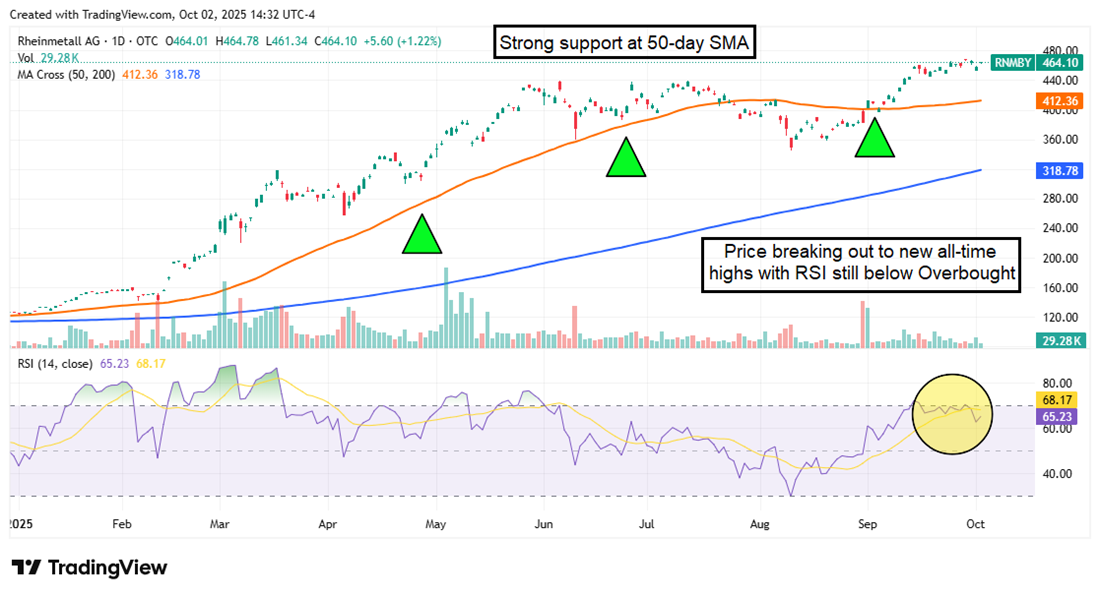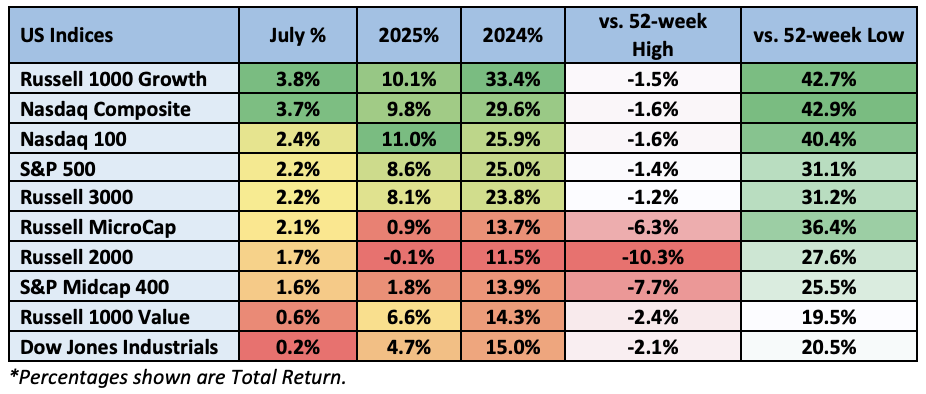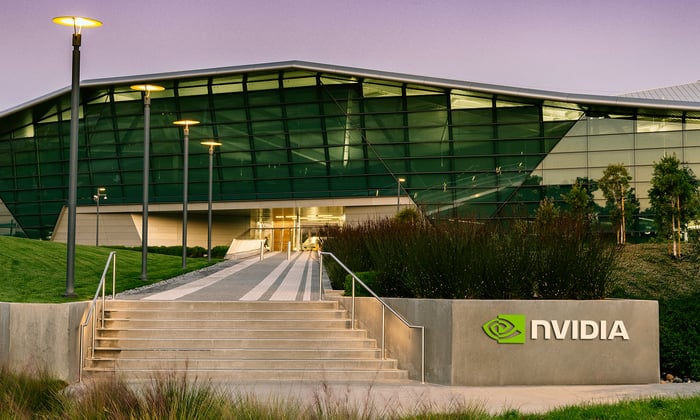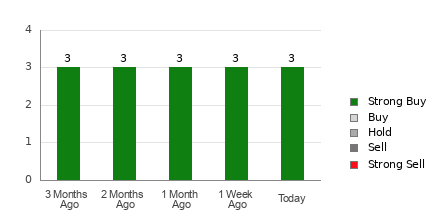Crypto and TradFi asset management are converging.
From the record-breaking launch of the U.S. spot bitcoin exchangetraded funds (ETFs) to BlackRock CEO Larry Fink’s latest claims that the next step is the “tokenization of every financial asset,” the direction of travel is becoming clearer. As assets migrate on-chain, more managers will be confronted with unique challenges in deploying institutional capital on public blockchains.
Ainsley To is the head of asset management at Avantgarde Finance.
Diving Deeper into DAOs
Beneath the hype and speculation around future directions in price, an entire internet native ecosystem has been building atop crypto rails.
Decentralized autonomous organizations (DAOs), digital entities which transcend geographical borders and are governed by code in place of legal contracts, are uniquely familiar with many of this challenges, given the large pools of assets they have amassed in their treasuries, which are typically managed on-chain.
Volatility and lack of a ‘risk-free’ asset
Price volatility is rampant across the crypto ecosystem, and many DAOs must confront this head-on. The majority of DAOs have a native token which is even more volatile than bitcoin {{BTC}} or ether {{ETH}}. An additional challenge for managing assets on-chain is that unlike traditional markets, crypto lacks a true risk-free asset to fall back to as a haven of certainty.
Explaining Ethereum’s ‘Risk Free’ Rate of Return
While dollar-pegged stablecoins are often used as a proxy for a risk-free asset, the absence of volatility is not the absence of risk — as was made clear during the collapse of Silicon Valley Bank in 2023 when USDC suffered a drawdown over 7% due to Circle’s underlying exposure to the bank.
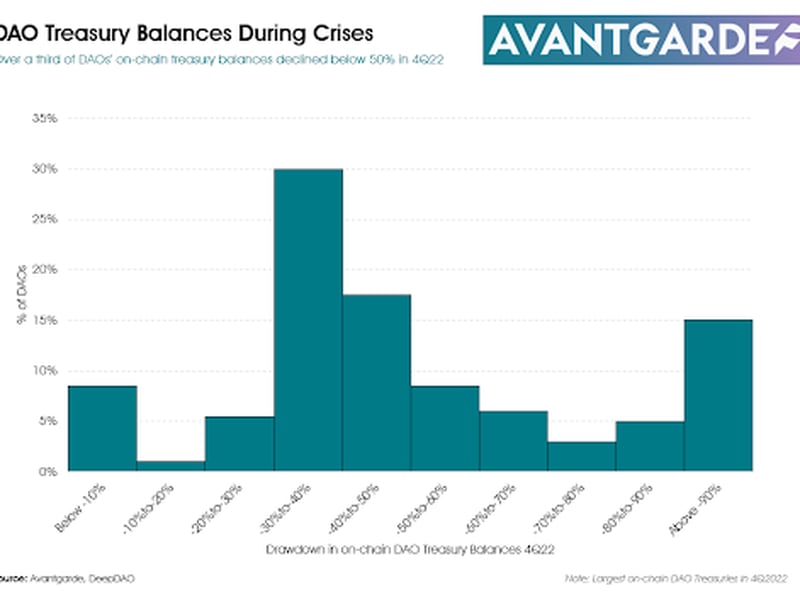
There is a certain resilience built into DAO communities through the weathering of extreme volatility. Of the 200 DAOs with the largest on-chain treasuries in the fourth quarter of 2022, over a third of them saw their portfolios decline by more than 50% in the wake of the FTX collapse, and 30 saw a drawdown of over 90%, according to DeepDAO data.
One solution DAOs have been turning to is real-world assets (RWAs), in particular tokenized Treasury bills. This trend is providing a natural crypto native source of on-chain demand for RWAs and paving the way for broader tokenization and convergence with TradFi.
Liquidity and Diversification Challenges
Despite the fact that tokens trade 24/7, there is still a lack of meaningful liquidity for many of them. This is seen by looking at decentralized exchange (DEX) volumes, where many DAO tokens are listed and which have a fraction of the trading activity seen on centralized exchanges for longer tail assets, resulting in high potential price impact for trades in large size.
Further, across DeFi, yields on even the largest lending protocols and liquidity pools can be superficially high for small deposits but significantly lower when deploying institutional size.
A knock-on effect of this low liquidity is that DAOs are constrained in their ability to diversify their treasuries. DAOs often hold extremely concentrated portfolios on-chain. At the end of 2023, the majority of the largest 25 DAOs held more than 90% of their treasury in their native token.
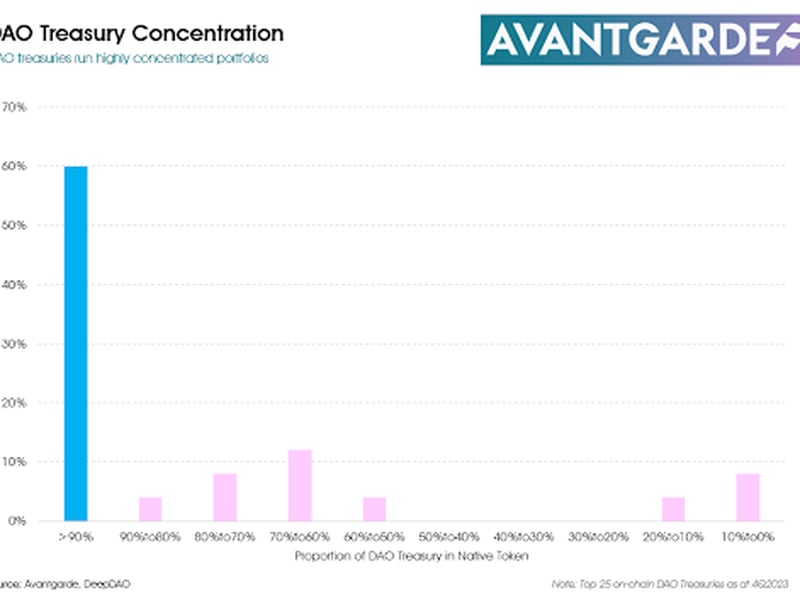
Diversification is often referred to as the only free lunch in investing. The constraints on DAOs taking full advantage of this has spurred the exploration and development of alternative on-chain solutions via derivative protocols, or use of their native token as DeFi collateral.
Transparency and Governance
Though the unique transparency of on-chain portfolios is appealing for a number of reasons, it also has its tradeoffs. Visible trading activity is a source of information leakage, increasing the risks of front-running and potentially leading to higher transaction costs.
Increased transparency can also exacerbate governance issues, where any selling of a native token carries a signaling aspect, where it may be interpreted as a loss of confidence in the project by large token holders.
The visibility of large positions in DeFi protocols can also lead to adverse governance action from that protocol’s community, such as the proposal last year from the Aave community to freeze CRV on the lending protocol due to the size of a large borrow position that was visible on-chain.
DeFi Died and We Didn’t Even Notice | Opinion
Many of the unique risks, constraints, and trade-offs that confront institutional capital looking to manage assets on-chain are shared by DAO treasuries (the indigenous crypto native institutional investor).
The novel frameworks and solutions being developed by the ecosystem of DAO service providers to meet this crypto-native demand can also serve as an interesting sandbox for traditional institutional investors to learn from.
The views and opinions expressed herein are the views and opinions of the author and do not necessarily reflect those of Nasdaq, Inc.



